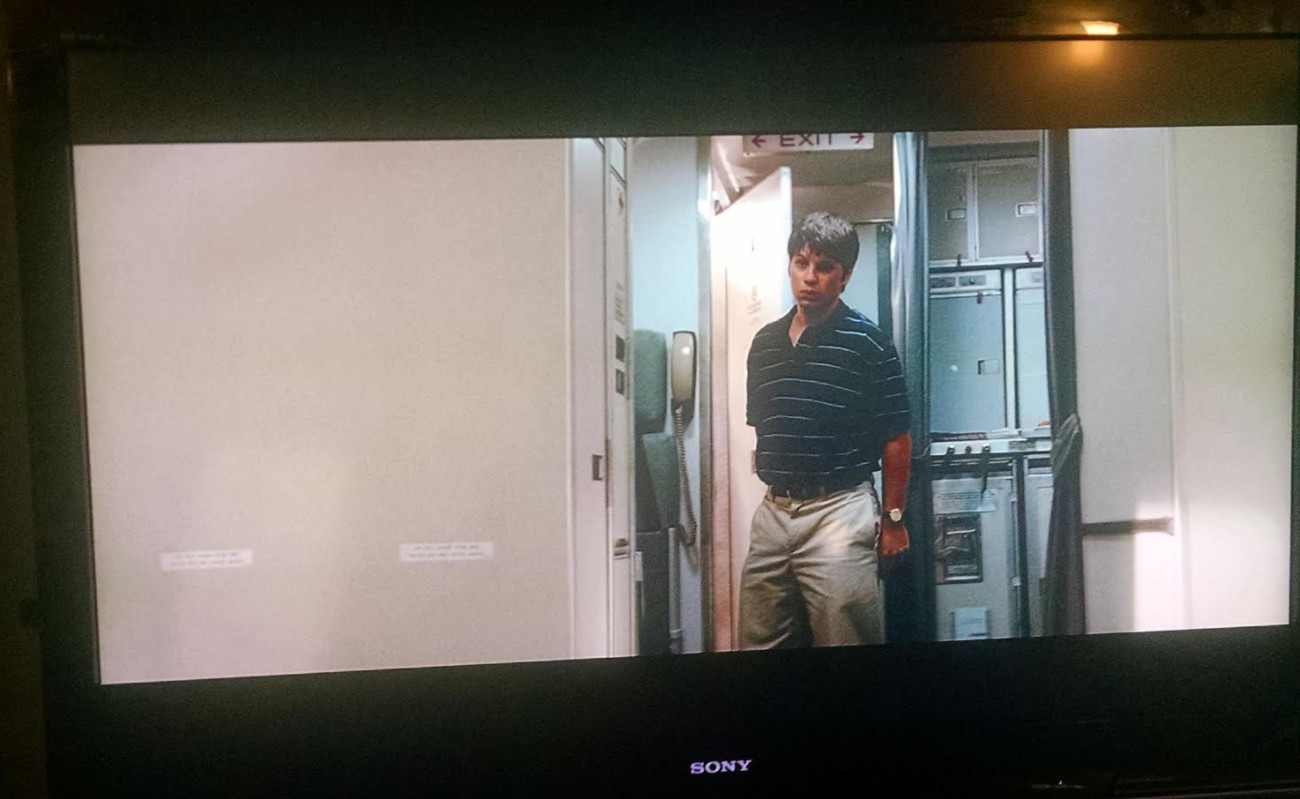35mm film has always had an aspect ratio of approximately 4:3. When widescreen cinematography became popular in the 1950s, it was achieved in a number of different ways.
Films with a 1.85:1 aspect ratio are typically shot "flat," with no special lenses, and the top and bottom of the filmed image are simply cropped to produce the final widescreen image. The monitors used during filming usually had markers indicating where the 1.85:1 image would fall within the full 4:3 frame. When 4:3 was the standard television ratio, these films were often presented in full screen by "opening up" the image and showing the entire 4:3 filmed image. This is moot today as modern 16:9 televisions have an aspect ratio very close to 1.85:1.
Presumably because using the same process for 2.35:1 films would result in too much of the film's frame going unused, 2.35:1 films use a different approach. Actually, there are two common approaches for shooting a 2.35:1 image on 35mm film. The first is to use an anamporhic lens, which basically squeezes the image horizontally, so that on the film reel itself, everything looks tall and skinny. When the film is projected back using the corresponding projection lens to "unsqueeze" it, the result is a 2.35:1 picture. The squeezed 2.35:1 image takes up the entire 4:3 film frame, so unlike a flat 1.85:1 film, there is no extraneous picture information at the top and bottom of the screen. When such a film is played on television in "full screen," it must be done via "pan & scan," where the sides of the image are cropped (and obviously this is still true for modern 16:9 televisions, though the cropping is less severe than it was on 4:3 televisions), which is the process you were expecting to be used for United 93.
But according to the IMDb, United 93 was shot "Super 35", which is another way of getting a 2.35:1 image on 35mm film. In Super 35, the area of the film that is normally reserved for the analog sound track is instead used for part of the picture. The recorded image is still roughly 4:3, but it's larger than it normally is, so the 2.35:1 image can be extracted without as severe a loss of resolution. As with flat films, there is extraneous picture information above and below the intended image, which can be exposed when a film is transfered for television.


